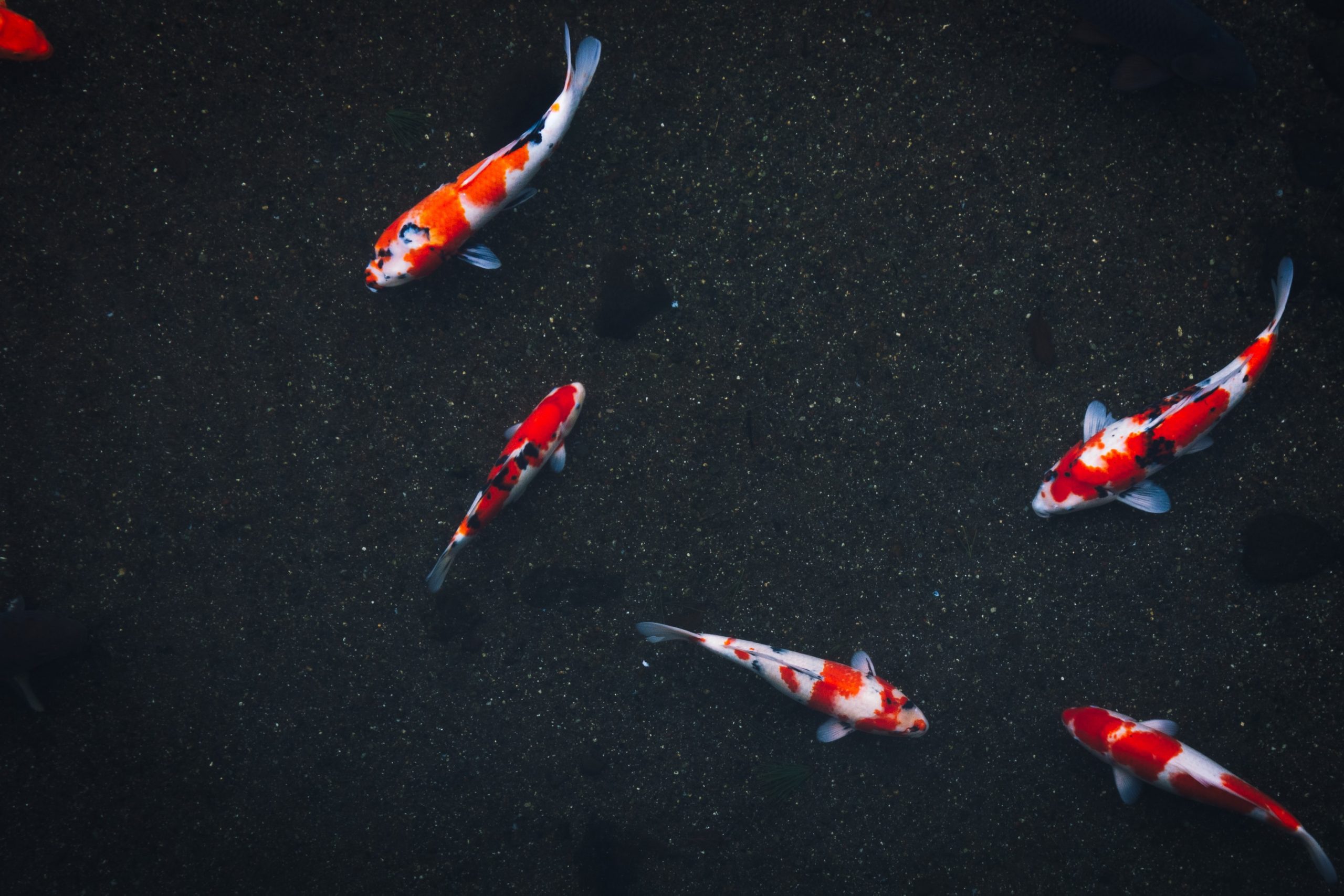How to Calculate your pond size (Litres)
How to calculate your pond size (Litres)
Calculate the volume of the pond
Follow this formula to calculate the volume of your pond in litres.
Length (feet) x Width (Feet) x Depth (Feet) = Cubic Feet x 6.23 = UK gallons x 4.55 – UK litres
10 ft x 5ft x 3ft = 150 cubic feet x 6.23 = 934.5 UK gallons x 4.55 = 4,251 UK litres
If the pond is over 100,000 litres the natural biology and ecosystem of the pond will look after the water quality itself if the water has a steady flow. For example Wildlife pools, rivers, and lakes.
Pond stock
Knowing the volume of your pond is critical to calculating the stock. The filtration and water treatment can also contribute to the number of fish you can have. We recommend 1-5 goldfish or 1-3 koi per 1000 litres, to ensure the fish can grow to its maximum potential.
Pump and filtration
It is important to match the filter with the pond size to ensure the water quality is at its highest standards. First match the pump size (circulation rate) with the volume of your pond. Match the pump with the filter, all filters have a maximum flow rate, this should be matched with the pump.
The circulation rate of a goldfish pond needs to be 0.5L per hour. For example, a 1000 Litre pond will need 500L circulated per hour to ensure the quality of the water.
The circulation of a koi pond needs to be 1L per hour. For example, a 1000 Litre pond will need 1000L circulated per hour.
Treatments
When starting a new pond, you will need a de-chlorinator. It should also be used whenever pond water is topped up from the mains.
Mains supplied tap water contains a high level of chlorine thus making it safe for human consumption. The chlorine used in tap water is harmful to most aquatic life. Most new ponds are filled with hose pipes straight from the main water supply, meaning the high level of chlorine within the pond will need treatment.
Recommend filter aid to help start the beneficial bacteria in your filter.
The pond can be treated both naturally and chemically.
The chlorine will naturally leave the water as it is exposed to the atmosphere. If you have fast-flowing water (high powered pump) this will create extra aeration and speed up the process. Unfortunately, the natural process takes a long time (Minimum 24hours) but does not remove chloramines or heavy metals. (Boiling the water can remove the chlorine quicker but is not recommended).
The chlorine in the pond can be chemically treated. Treatments target the chlorine and chloramines; the treatments bind with the chlorine and either remove it from the water or binds with it to make the chlorine harmless. UV treatments will also help speed up the process.
Live filter bacteria can be used when setting up a new pond. This will add beneficial bacteria to your filter. The live bacteria will help eliminate ammonia/nitrite from your pond, making it safe for fish.
We still recommend cycling your pond for 2-4 weeks before testing or adding fish.
For any further information or advice please feel free to message us on Facebook or contact the store on 01902 494860





